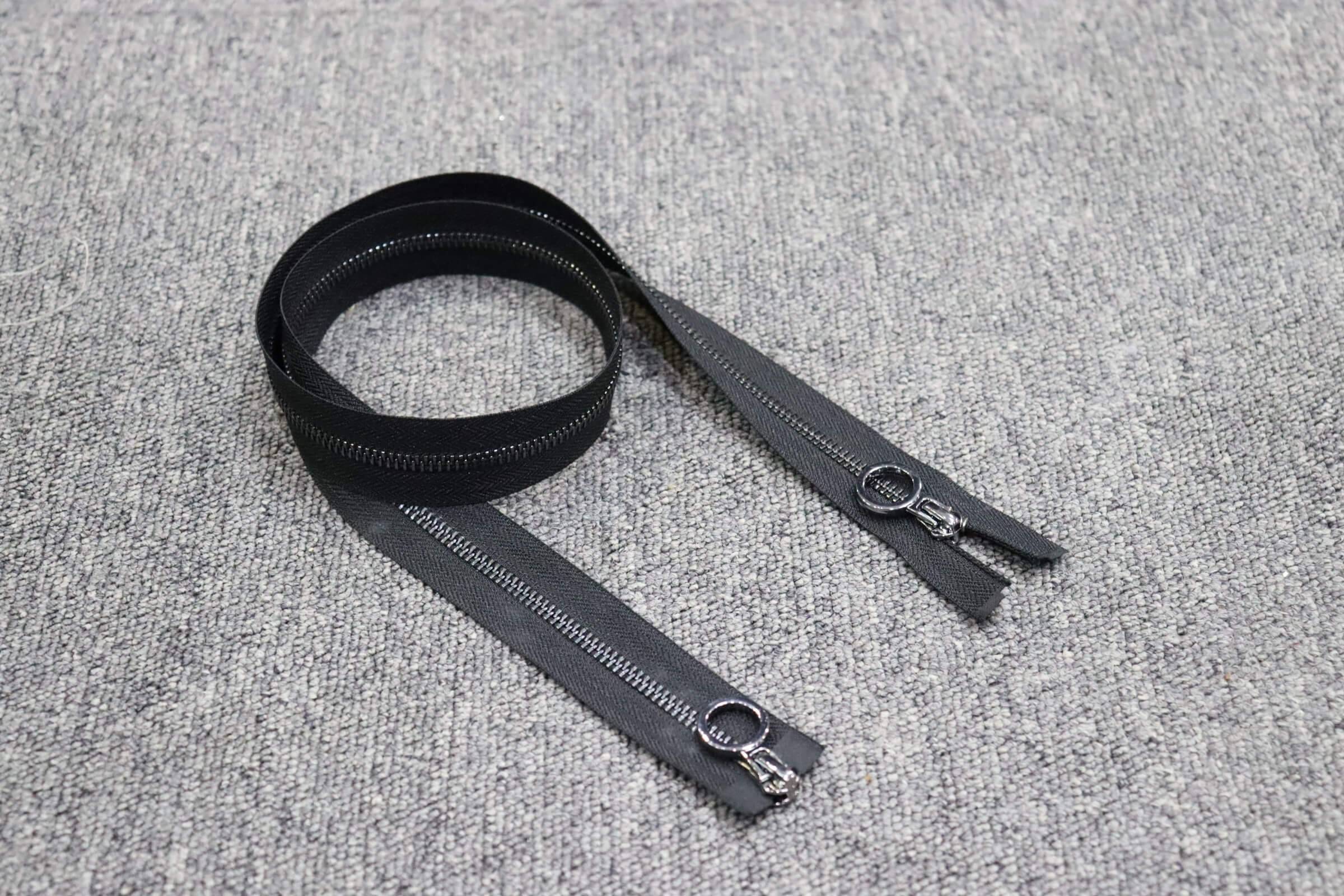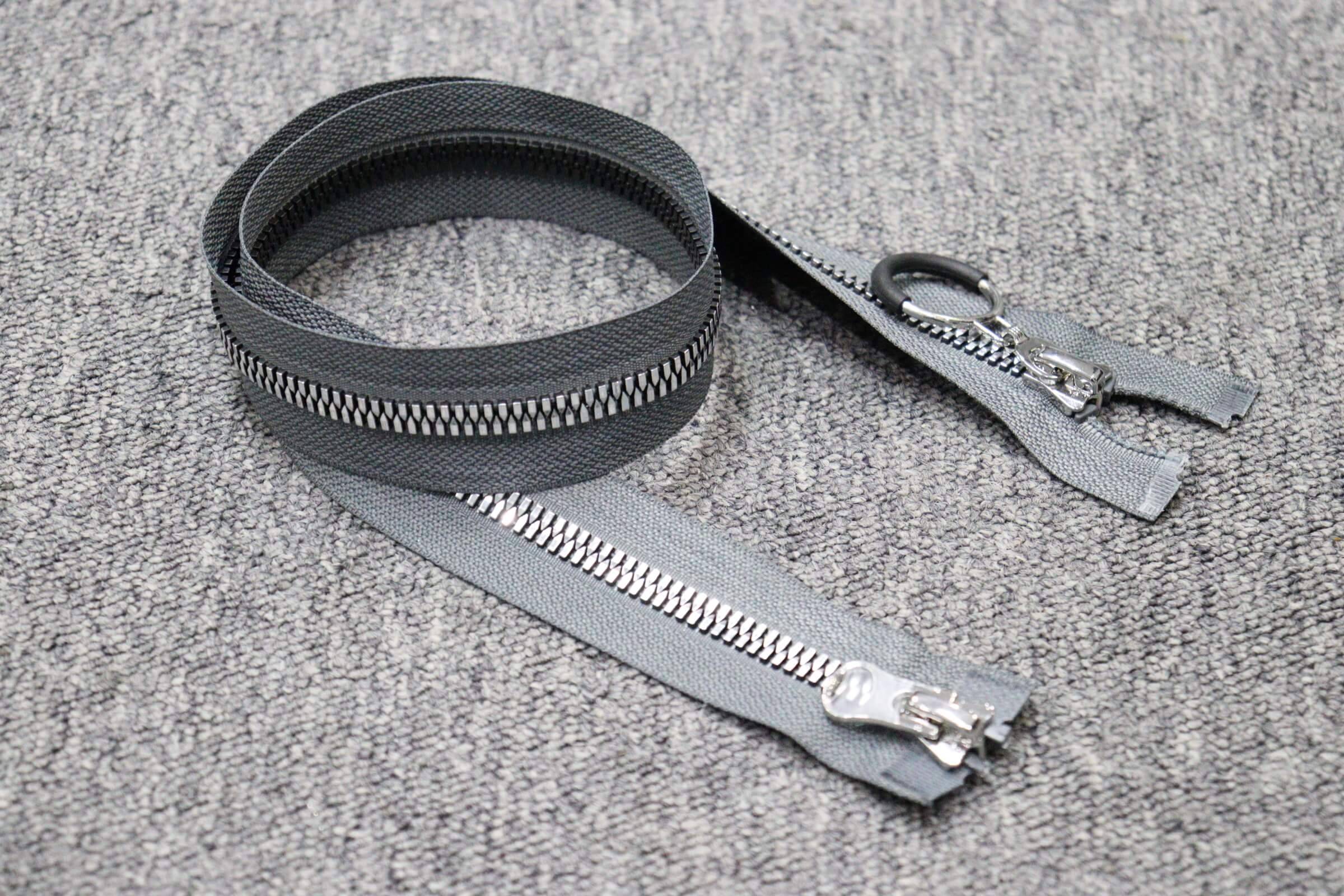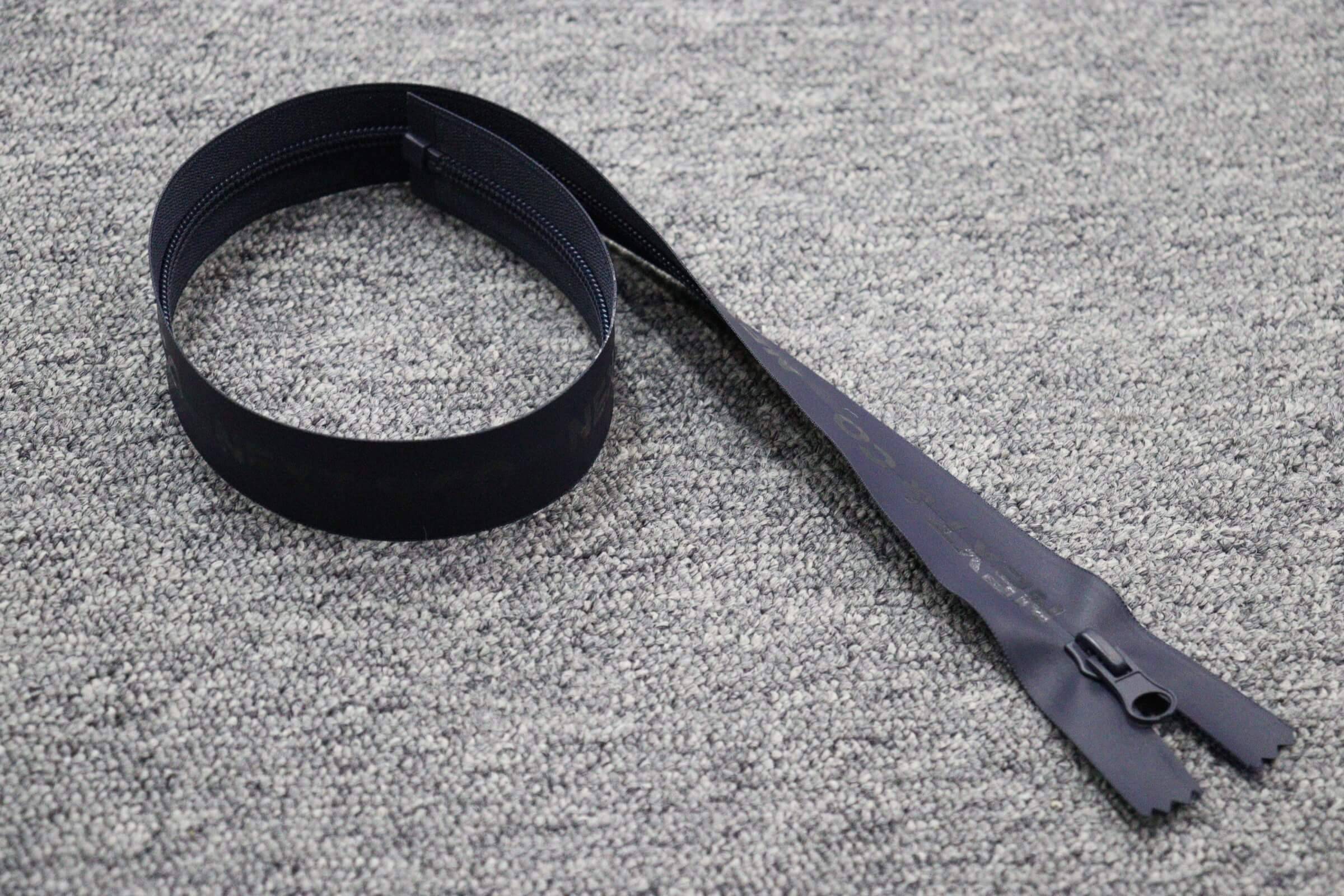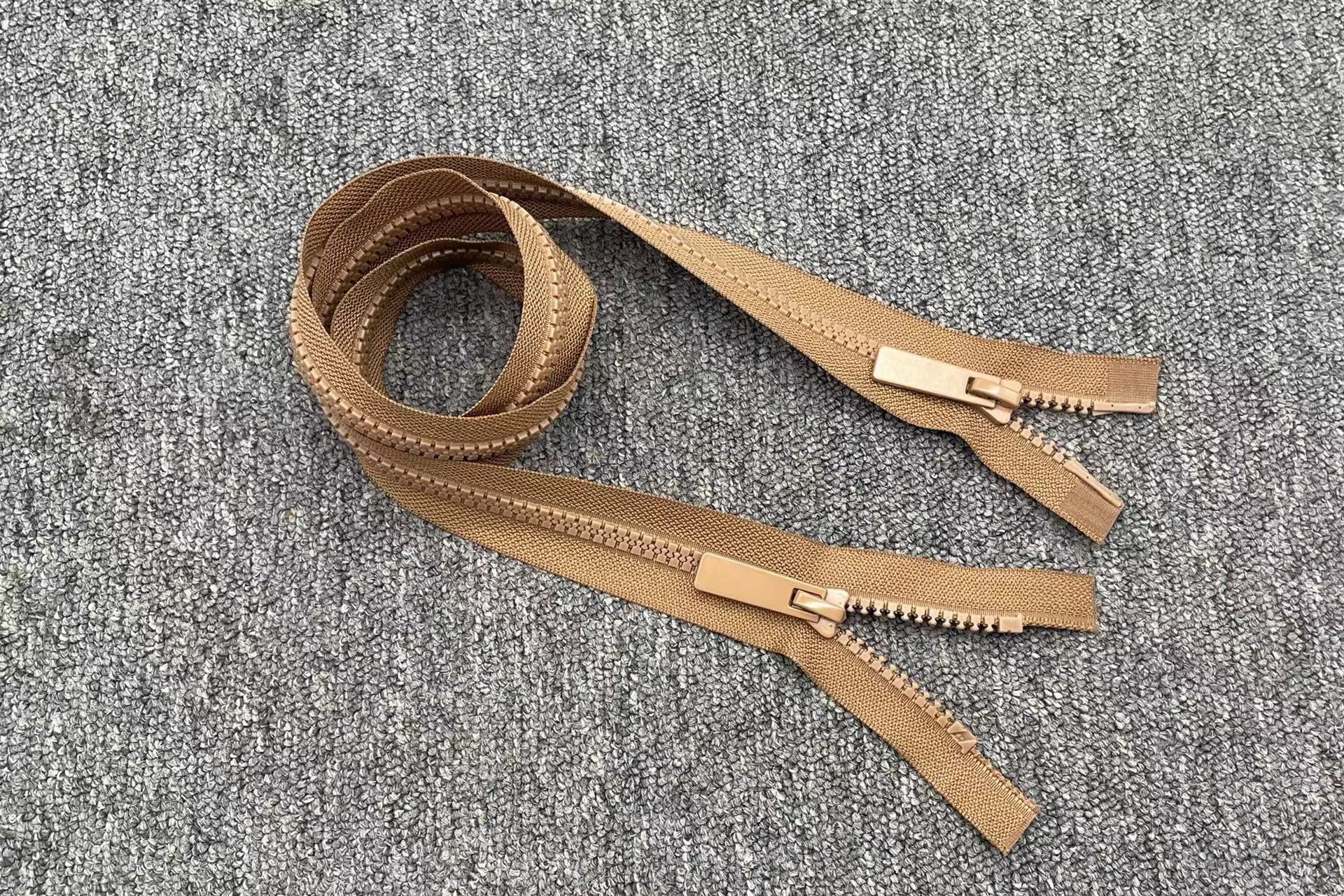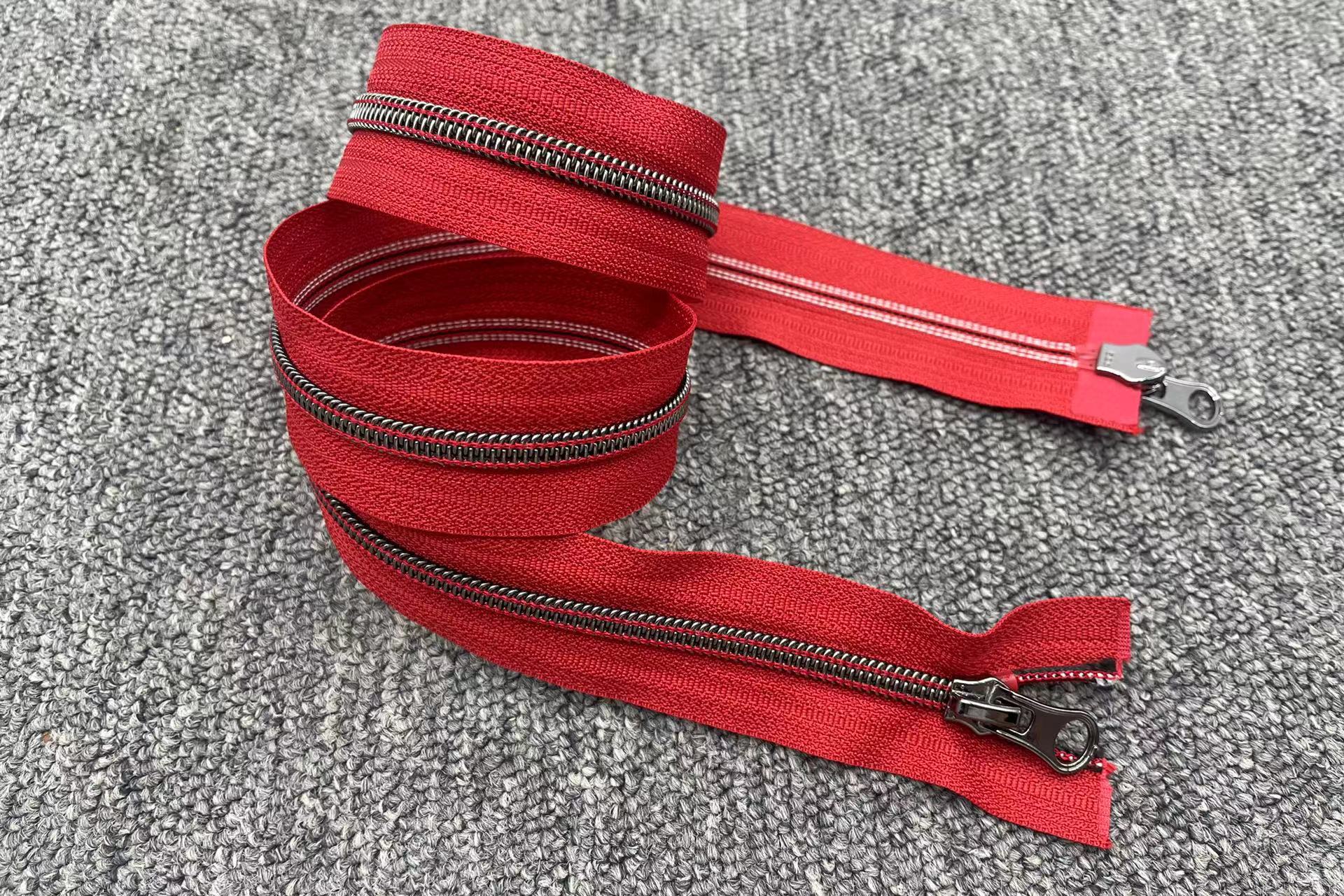Everything You Need to Know About Two-Way Zippers
A two-way zipper is a type of zipper that can be opened and closed from both ends, allowing for greater flexibility and convenience in its use. Unlike a regular zipper that can only be opened and closed from one end, a two-way zipper has two sliders that can be moved independently, allowing the zipper to be opened or closed from either end.
Two-way zippers are commonly used in applications such as jackets, bags, backpacks, and other types of luggage where it is useful to have the ability to open the zipper from either end. They come in different types, such as separating or non-separating, coil or metal, and water-resistant or invisible, depending on the specific application they are intended for.
Two-way zippers are zippers that can be opened and closed from both ends, making them versatile and convenient for a variety of applications. There are several types of two-way zippers available, including:
Separating two-way zippers: These zippers can be completely separated at both ends, making them suitable for jackets and other outerwear.
Non-Separating two-way zippers: These zippers cannot be completely separated at either end, but they still allow for two-way opening and closing. They are commonly used in bags, backpacks, and other types of luggage.
Coil two-way zippers: These zippers have a flexible coil made of nylon or polyester, making them lightweight and easy to sew. They are commonly used in clothing, bags, and other lightweight applications.
Metal two-way zippers: These zippers are made of metal teeth, making them durable and strong. They are commonly used in heavy-duty applications such as outdoor gear , workwear , and heavy jackets .
Invisible two-way zippers: These zippers have teeth that are concealed behind the fabric, giving them a seamless and hidden appearance. They are commonly used in formalwear , dresses, and skirts.
Water-resistant two-way zippers: These zippers have a coating or tape that helps to prevent water from seeping through the teeth. They are commonly used in outdoor gear, rain jackets, and other wet weather applications.

